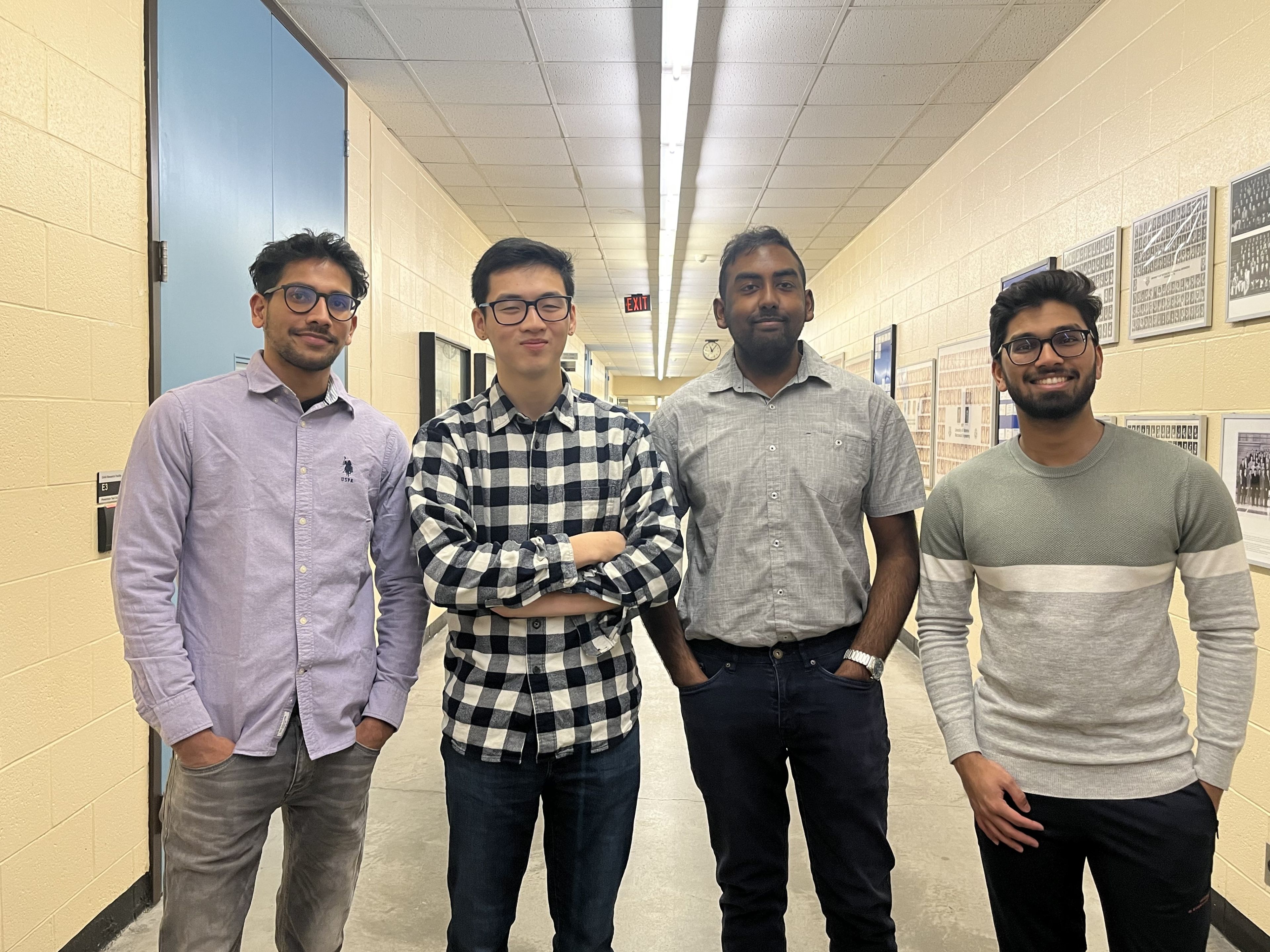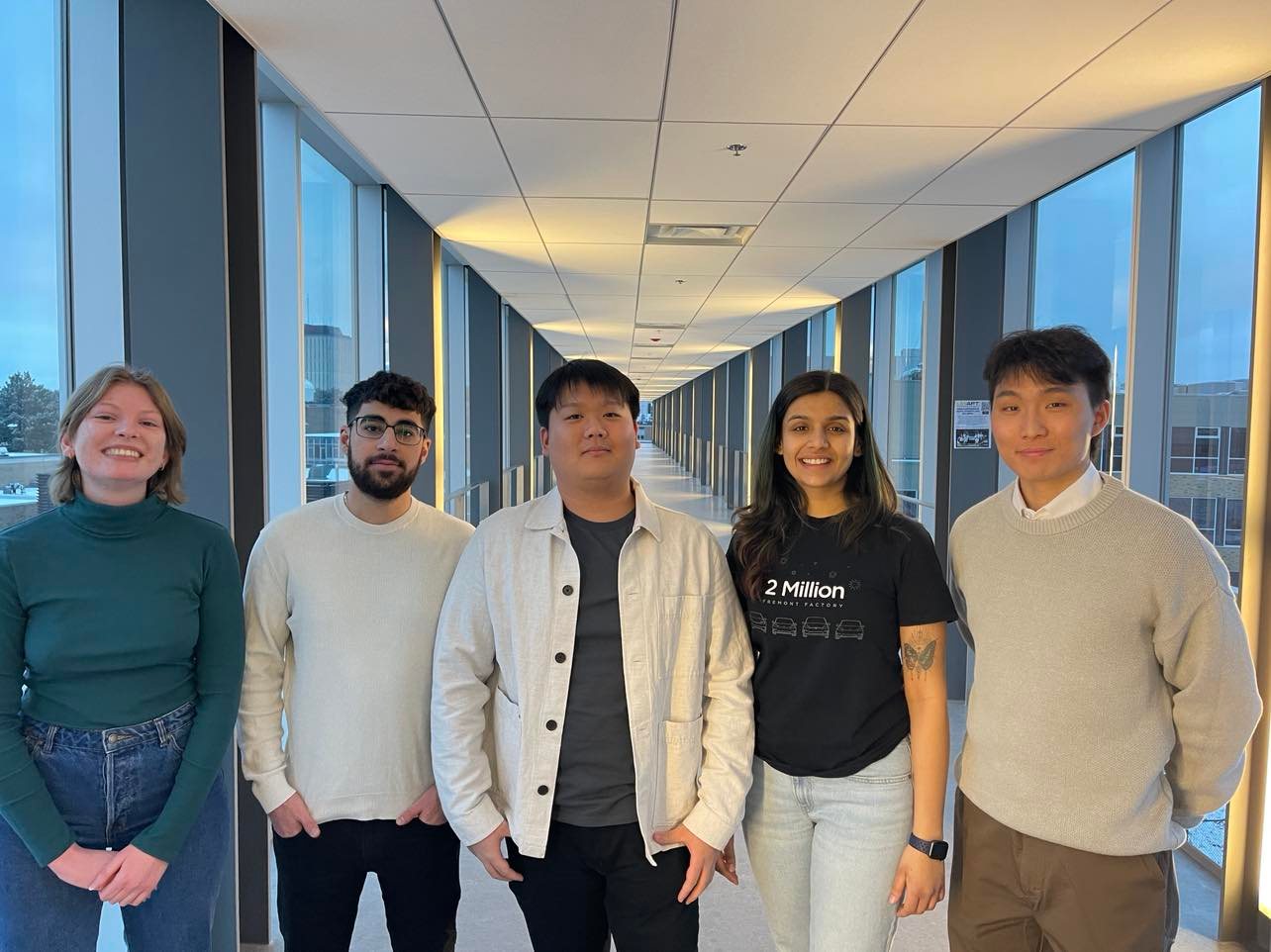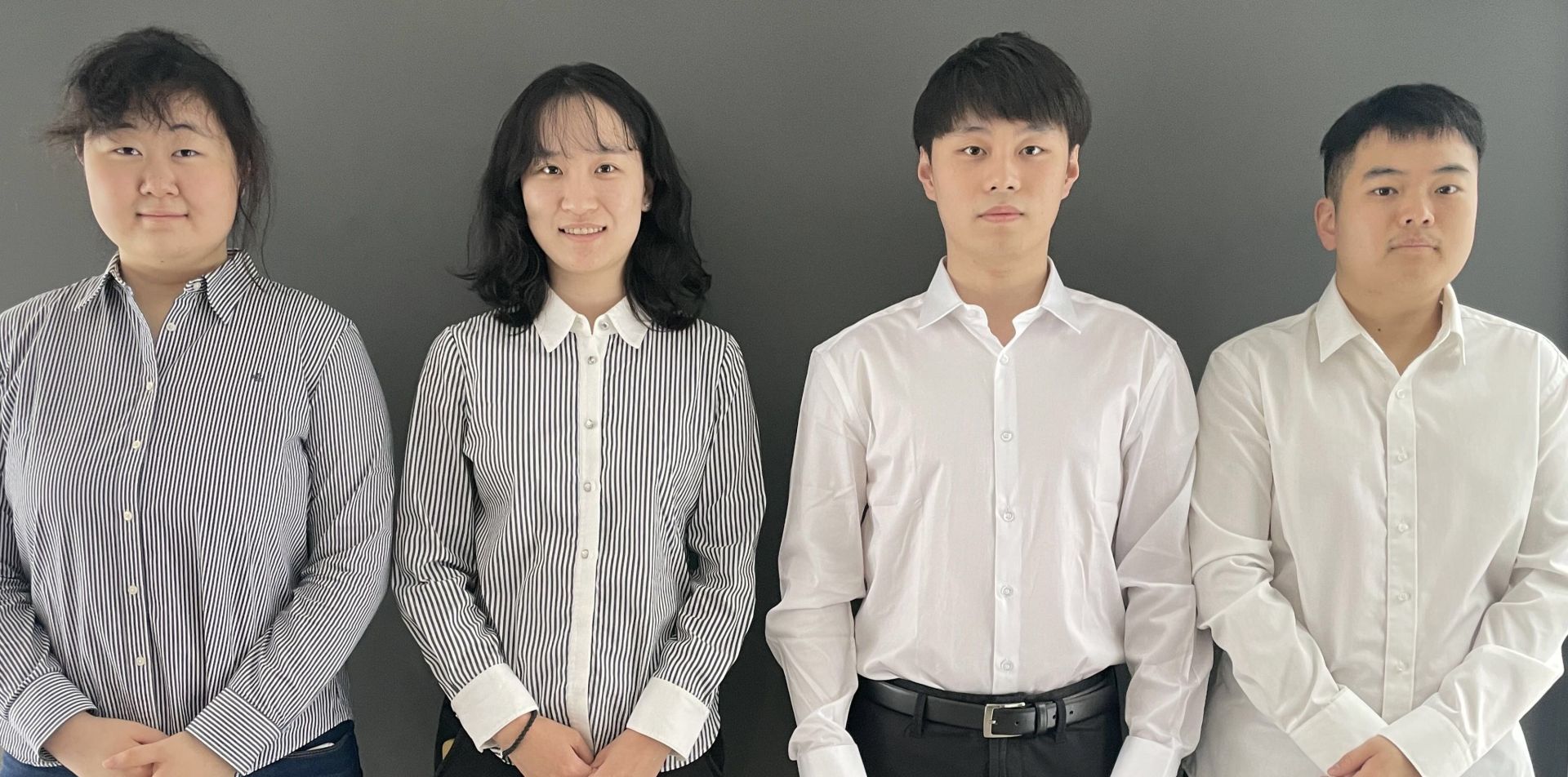CAPSTONE DESIGN PARTICIPANTS

Dhruv Jain, Ryan Tanary, Kaurisan (Hari) Selvarasa, Saurav Laxmikant Gurhale
LiMar
26
LiMar (Line Mark) aims to help make sports field line marking easy, consistent, yet still affordable for the many stadiums with multiple sports fields to maintain. By making a modular add-on design for sports lining carts and adding radio frequency identification (RFID) and speed measurement, the user is given highly accurate feedback on how well the sports lines are being marked, compared to the manual operation prior. This cuts time in half and increases accuracy and reliability.

Hannah Gibbs, Nikhil Singh, Seungjae Lee, Nikhila Kalia, Alex Ruan
Squatter Spotter
27
Squatter Spotter is intended to be an automated spotting system that enhances the safety and efficiency of the squatting exercise for home users undergoing rehabilitation. This device intends to be an add on product on any existing squat rack with a focus on home users. The system is designed utilizing motors, linear ball bearings and sensors to ensure a smooth and secure spotting motion for users recovering from injuries. With Squatter Spotter, users can confidently and safely perform exercises that aid in their recovery.

Timothy Wang, Edward Wang, Sana Hussein
Caiman Masters
28
High strength steel sheets are widely used in the automotive industry in areas that need to support crash loads. The Caiman test was adopted to predict the influence of the spot weld base material effect on weld failure under different loading conditions. This team is helping improve the sample fixture assembly process/design to improve quality of spot weld testing, reduce set-up/calibration time required to move tests to a dedicated machine, and provide more working space.
Faculty Advisor: Cliff Butcher

Michiyo Kagaya, Ningwei Huang, Chenglong Ren, YuRongLi
Team Panda
29
For walker users, the most common cause of fall injuries is that they forget to apply the brake before sitting on the walker seat. To solve this problem, an intelligent braking system taking the form of a walker seat that can engage the brakes whenever users try to sit down, and release the brake whenever users try to walk again, is designed and developed.
Faculty Advisor: Jan Huissoon

Shannon Kremer

Mai Nguyen

Lauren Keating

Kimberly Liu

Alexsa Laddaran
KLAMS
30
Food scarcity in Northern Canada is an ongoing issue.
Increased grocery costs and lack of reliable access to shipped food, particularly fresh produce, are the main contributors. Our solution is a year-round, hybrid growing system. It will operate as a greenhouse in the summer months, and convert to a closed growing system in the colder months, to provide fresh, local produce at reasonable prices. The system was designed to operate in Baker Lake, Nunavut, and to be sustainable, easily maintainable and culturally relevant.